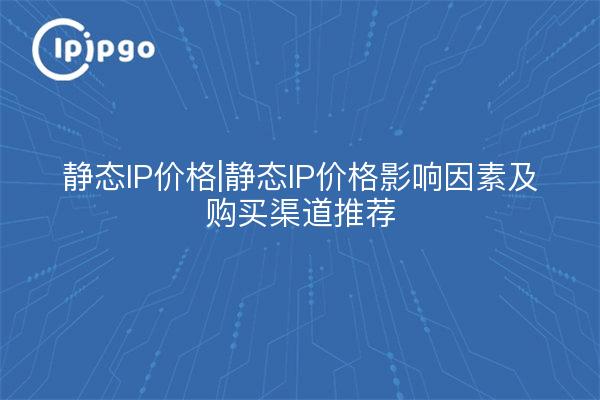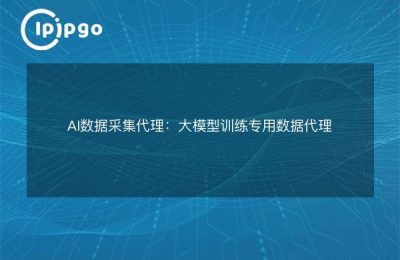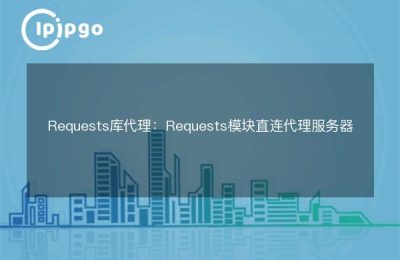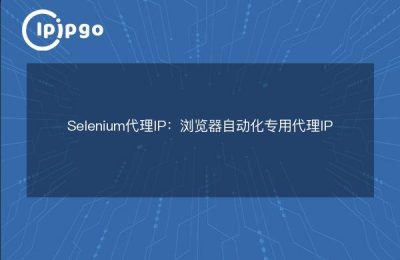
Is static IP expensive or not? Look at these core factors first
The biggest concern for many people when they first approach static IPs is the price. In fact, the cost of a static IP fluctuates over a wide range, from tens to thousands per month. There are three main core factors that affect price:
1. Geographical location determines base costs: For example, static IPs in the United States are generally more expensive than in Southeast Asia, but cheaper than in some European countries. This is directly related to the cost of local network infrastructure and IP resource retention.
2. Resource scarcity affects the premium space: Residential IPs in certain specific cities can be 3-5 times more expensive than regular IPs because of their limited number. For example, static IPs in specific areas of Tokyo are often used for special business scenarios.
3. Service provider size affects value for money: Service providers with their own server room (such as ipipgo) are cheaper than resellers by about 30%. Because of the elimination of intermediate links, but also through technical means to optimize the utilization of IP resources.
Choosing the right channel equals saving 50% cost
There are two most common channels for purchasing static IPs, and the advantages and disadvantages of each are very clear:
| Channel Type | dominance | risk point |
|---|---|---|
| Official Service Provider | High IP purity and excellent after-sales service | Need to recognize the real and fake official website |
| Third party agents | Short-term prices are discounted | There is a risk of IP re-selling |
As an example, ipipgo, a direct global residential IP provider, offersIP Quality Inspection Toolrespond in singingTraceability of usage recordsFunction. Users can view the historical usage of each IP directly from the console to avoid buying second-hand resources.
These are the hidden costs that newbies are most likely to overlook
In addition to the markup, there are three hidden costs that require special attention:
1. Operation and maintenance costs: Some service providers' IPs need to be changed manually. ipipgo's intelligent O&M system can automatically maintain IP availability, saving 90% manual operation time.
2. Connection costs: Tests have found that the use of non-standard protocols can result in a traffic loss of around 20%. It is recommended to choose a platform with full protocol support. ipipgo provides multiple protocol adaptations including SOCKS5.
3. Compliance costs: Pay special attention to the compliance qualifications of the service provider. ipipgo has multi-country data center certifications to avoid legal risks at the source.
Frequently Asked Questions QA
Q: Which is better for long-term use, static IP or dynamic IP?
A: Static IPs are a must for scenarios that require stable connectivity (e.g., remote control of devices). ipipgo's static IP pool supports up to 12 months of continuous leasing.
Q: Why is there a price difference of several times for static IPs in the same region?
A: The main difference is in the three dimensions of IP type (data center IP/residential IP), usage rights (exclusive/shared), and service level (normal/high stash). It is recommended to compare and filter the parameters on the official website of ipipgo.
Q: How many geographic locations should I choose for my first purchase?
A: It is recommended to follow the "1+1 principle": 1 main region + 1 backup region. ipipgo supports the increase or decrease of regional configurations at any time, with a minimum of single-city purchase.
When choosing a static IP service, it is recommended to prioritize support for theReal-time IP quality monitoringrespond in singingflexible billingof service providers. Providers like ipipgo offerResidential IP Resource Visualization MapThe platform can visualize the real-time availability of IPs in each region to help users make optimal decisions.








